Feature 11 min read
Roelant de Waard tells us how Ford will bring the way it sells cars bang up to date
At the European public debut of the Ford Mustang Mach-E, we spoke to General Manager of Passenger Vehicles at Ford Europe, Roelant de Waard. As well as taking us through some of the highlights of the brand's first mainstream EV, we also took the chance to pick his brains about how Ford is modernising the way people go about buying its cars.
For over a decade now the process of looking for, and buying a car has increasingly made its way online. According to various studies, and de Waard himself, car buyers make an average of just 1.2 visits to a dealer before buying a car. In the past, car buyers might have had to go in three or four times before handing over their credit card for the initial browse, to get a brochure, go back and take a test drive, then spec their car, before finally going in to pick it up.
But if you've ever bought a car, unless you're a bit of a sadist repeated trips to the dealership are probably the last thing you want to put yourself through.
Roelant, and Ford, understand this. More to the point, they understand that buyer needs and behaviour is changing and when it comes to EVs, it's pulling in different directions to the 'traditional' car buying process. For de Waard, it's about providing choice in the way people buy cars: “If they (the car buyer) want to go to a dealer, the answer has to be yes, but if they want to buy online, the answer also has to be yes,” he told us.
“Ford want to be innovators and roll out online sales across dealers,” he continued. Specifically with EV customers, he recognises that there is an increasing trend towards tech nativity. “EV customers typically are more tech savvy, and a higher user of the web in general so there is a correlation (between the types of people buying cars and how they want to buy them).”
Making the most of the web
These days, whether you're buying a mattress or a Mustang Mach-E, the chances are you're going to spend a lot of time researching online before even contemplating talking to a purveyor of such goods. Google reckons that 92 per cent of people research online before buying, only stepping into a dealership after consuming information from up to 24 touchpoints according to US automotive web specialist, Dealerwebb.
Ford realises this, so if you're in the market for a Mach-E or any of its other electrified cars, it wants to ensure you have an online experience that is up to scratch. In 2019 it launched the 'All Electric' campaign based around a microsite and took on the task of providing some education for unfamiliar customers around EVs. The beauty of the web, for de Waard, is in its ability to deliver targeted, and controlled messages to unfamiliar customers.
“The web is very good for tailoring the experience and information for people who haven't necessarily driven an EV before – it enables personalisation of info. So for example it's possible to do explainers and have control over that information and ensure that it's correct at the point of being delivered,” he said.
From the web to the showroom
This task of getting the digital experience right for Ford’s new generation of EV customers stretches far beyond a fancy landing page and some nice interactive web tools. Blending the experience customers have online to that they have offline – when they finally contact a dealer – is one of Ford’s biggest challenges. In fact, it’s one of the biggest challenges facing the business of selling cars as a whole.
One way that Ford is trying to tie things together is in updating its customer service infrastructure, and in the way that sales are made in the dealerships themselves. In the run-up to the Mach-E deliveries beginning (read more about that here) Ford is overhauling its call centres and digital technology to ensure that any enquiries are passed onto the customer’s preferred dealer.
This will hopefully mean that if you’ve been on Ford’s main website, configured your Mustang Mach-E and made an enquiry, when you walk into the dealership there’s a better than ever chance that the dealer will have that information.
“The Ford module that’s on the web (through which customers will be able to configure and buy online) will be the same tool as used in the dealership, so the customer and salesperson can go through the process together (in the dealership), or remotely via a Q&A online, so it’s consumer-driven,” de Waard told us.
If our understanding is correct, this means that customers will be able to call up their fully-spec’d car that they have saved while browsing at home and present it to the dealer who can simply sort out the paperwork.
An indication as to just how important the web will be in driving Mach-E sales has surfaced over in the US. Of 1712 reservations made for the Mach-E in the Southern California area, just 92 were made in the showroom. Obviously, with a refundable deposit and no cars to actually see at a dealership, this is to be expected, but the fact is that the blended online to offline buying journey is real and in Ford’s case, is already happening with a car that that can’t even be driven yet.
Showroom overhaul
With the likes of Tesla already selling their cars from shop-style retail spaces rather than dealerships, and new entrants to the market like NIO and Aiways planning on online sales, the traditional franchised dealership model is under threat. It’s not just disruptive brands that are exploring a non-dealership model, with well-established brands like Porsche, Mercedes and SEAT exploring highly-digitised ‘shops’ and finding customers – especially from younger generations – extremely perceptive to the concept.
Being the world’s first volume car brand, Ford has a bigger task than most if it’s going to reimagine the way it sells cars. Its unwieldy size makes change slow to implement – something we have seen in its relatively tardy entry into the electrified car market. But the company is moving to ensure that when the Mustang Mach-E lands in October, it will be ready.
Across Europe Ford is already working with 1700 of its 5000-strong franchised network to turn them into EV specialists, especially on the service and repair side of the coin. De Waard told us: “Every dealer will be able to do a portion of the sales and fulfilment process, but specialist dealers will deal with the mechanical side of things. In term of corporate image, the specialists will have additional standards such as charging and a different sales process.”
On the point of servicing and repair, Ford has implemented a similarly forward-thinking and high-tech way of allowing mechanics to get familiar with the car before they ever get their hands on it. Over in the US, the brand has teamed up with its component supplier, Bosch, and is using Oculus VR headsets to immerse mechanics in a virtual version of a Mach-E service bay. They can get familiar with tools, high-voltage systems and diagnostics so that when they're faced with a real car, everything should be that bit more familiar.
Back on the sales side of things, we know by first-hand experience that some dealers are pretty clueless when it comes to the EVs they're flogging, and in rare cases will try and sell an ICE car instead. Ford is trying to nip this issue in the bud before the Mustang Mach-E ever graces a showroom. When we enquired how, Roelant was firm and confident in his answer.
“Lots of training! Just as customers aren’t familiar with EVs, so are dealers. There’s a lot of misinformation in the marketplace, so Ford started our Go Electric campaign in 2019 which offers online tools and explainers as to what vehicle might be right for a customer,” he said. “Tech helps, but training is key.”
You can find out more about the Go Electric roadshow here.
Life left in the dealership model
With modernisation and training, de Waard is confident that at least for now, traditional car dealerships still have a plenty of life left.
“Franchised dealers have a long future ahead of them,” he said. “If you look at online sales it will grow but it will still be a minority. It's not necessarily the dealers that will become obsolete, it's the intense process of going five or six times and doing all your homework and visiting various dealers will become obsolete. What this means is the sales process will become much more efficient, because when a customer visits a dealer the dealer will know that the customer has done their homework and the dealer simply needs to fulfil the sale.”
It will be more than click and collect, though, and de Waard is confident that whilst buying a car might become more digitised, it’s unlikely to ever become commoditised.
“There are important differences (to other types of retail). One is the complexity of the product – a lot of customers are not familiar with EVs. Then there's the matter of trade-in; there are virtually no other businesses when customers bring in their old product to swap it for new. It's here where the dealer has an almost unique role to play. Then there is the third element that is, as long as things can happen to a vehicle – maintenance or accident – customers value having a relationship with a business that can deal with it,” he said.
As we said at the top of this article, for Ford it comes down to providing the customer with choice of how they interact and progress their own personal buying journey. Rather than dictating a route to buying one of its electrified cars, Ford is aiming to be there to provide the pathways to the destination and let people choose which way they go.
De Waard draws parallels between the way people buy other goods, taking some traditionally physical purchases online and making other traditionally online purchases in store: “It's a bit like how Amazon sell food and Apple have got stores. People like going to Apple stores to talk to the Geniuses, but others like to do everything online. People are going both ways so Ford wants to give the customer the choice of how to engage. There's always a physical arm to vehicle purchase – in delivery. As long as there's a physical element like this, even if the sale is completed online someone has to deliver the car so there will always be some form of interaction.”
Despite his reassurances that the franchised network is here to stay, Ford is already looking to cut its UK dealer network almost in half in the coming years. Auto Retail Network reports that it’s looking to drop its network from 400 dealerships down to 220 to bring it closer into line with rivals like Vauxhall and VW, the latter of which sells almost twice the number of cars per franchise as Ford does. However, rather than taking an axe to its network Ford is looking for dealers to volunteer to drop the blue oval. The upshot should be a tighter, better quality network that is better-equipped to cater for tech-savvy EV buyers in the long-run.
A new, old-fashioned disruptor
When talking to Roelant de Waard you get the impression of someone who’s almost bullish in his belief in Ford’s ability to be agile and not only respond to the market, but also to lead it. When we mentioned the new disruptive brands coming out of Silicon Valley, the wider USA, China and Europe he is unfazed. In fact, he relishes Ford’s opportunity to go toe-to-toe with them, stating that there’s nothing that other EV makers can do that Ford can’t. And he specifically name-dropped Tesla in that.
He admitted that this competition with disruptive brands isn’t only healthy (“it keeps us on our toes!”), it’s good for the consumer – forcing Ford to innovate and come up with its own disruptive ways of working. This includes taking the drastic step of reducing its physical dealer network size. Some old habits do die hard, however, and in the case of Ford it’s more of a lurch away from ICE and into EVs, rather than a smooth transition between the two.
But whilst that side of the business is playing catch-up, the customer experience part – the bit that matters to you as a consumer – is becoming a slimmed-down, dynamic entity that is positioning itself ahead of the competition.

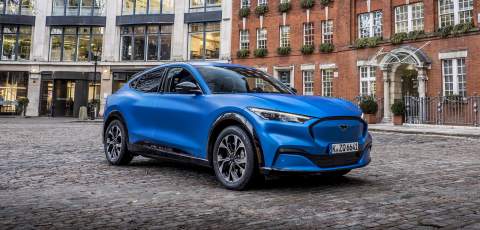
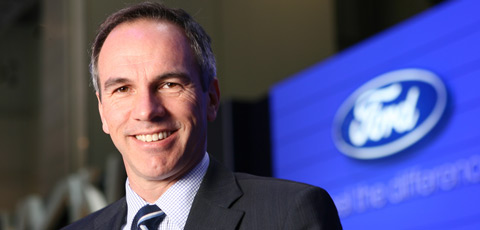
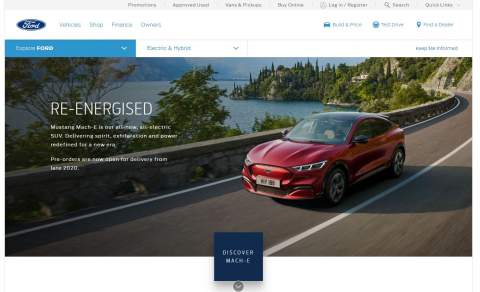
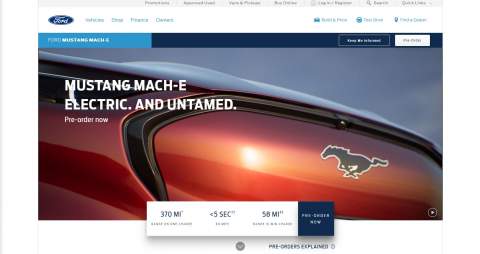
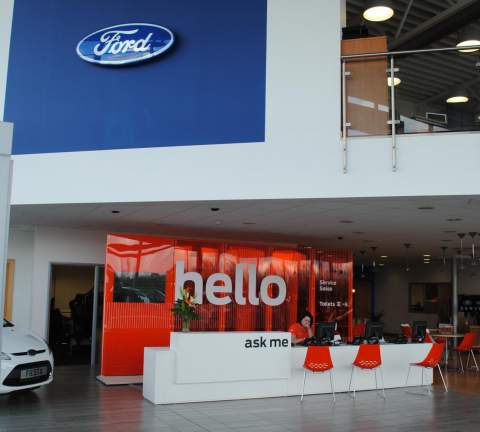

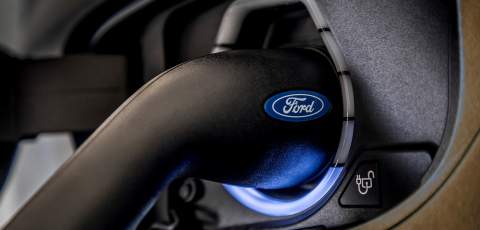

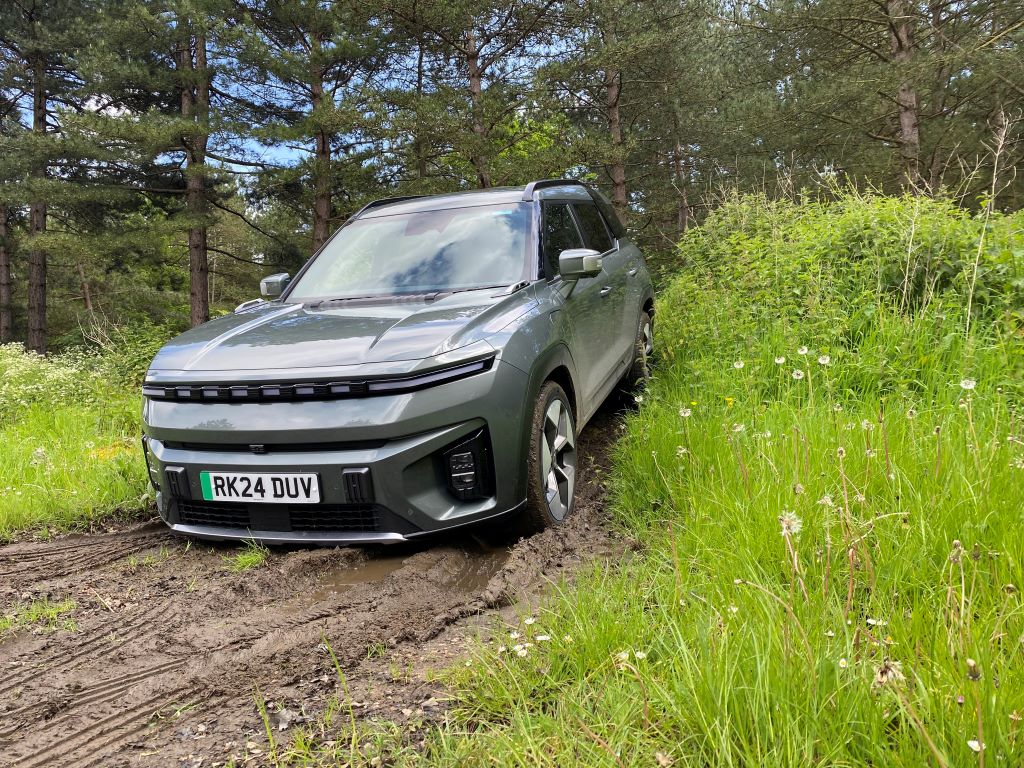
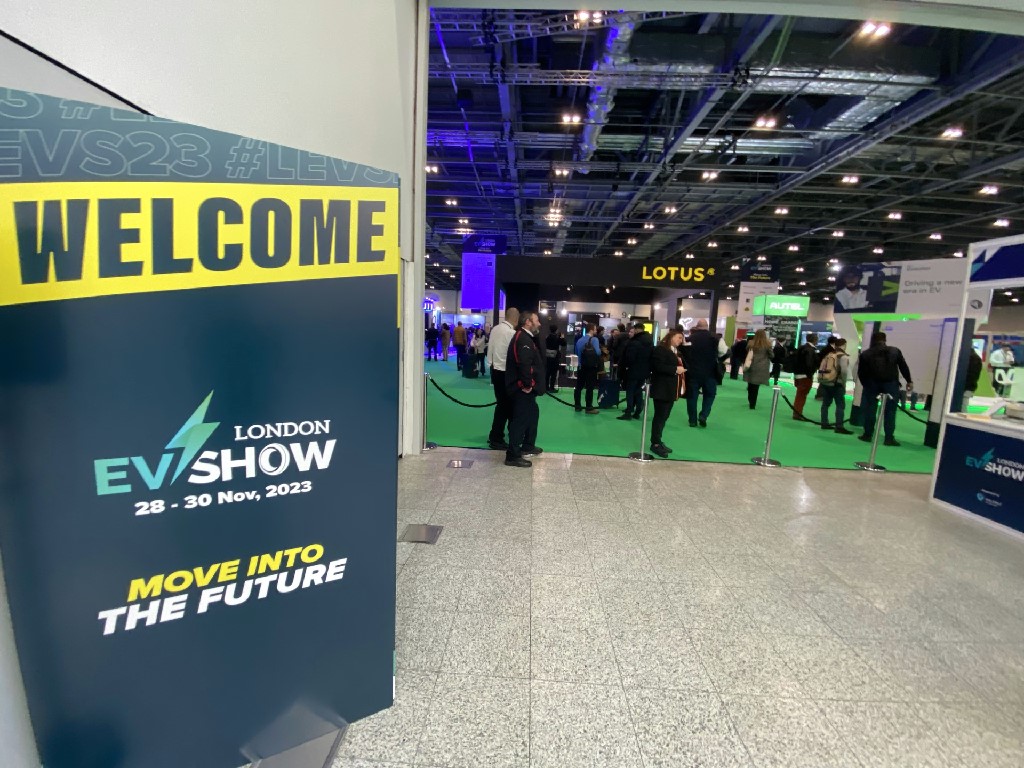
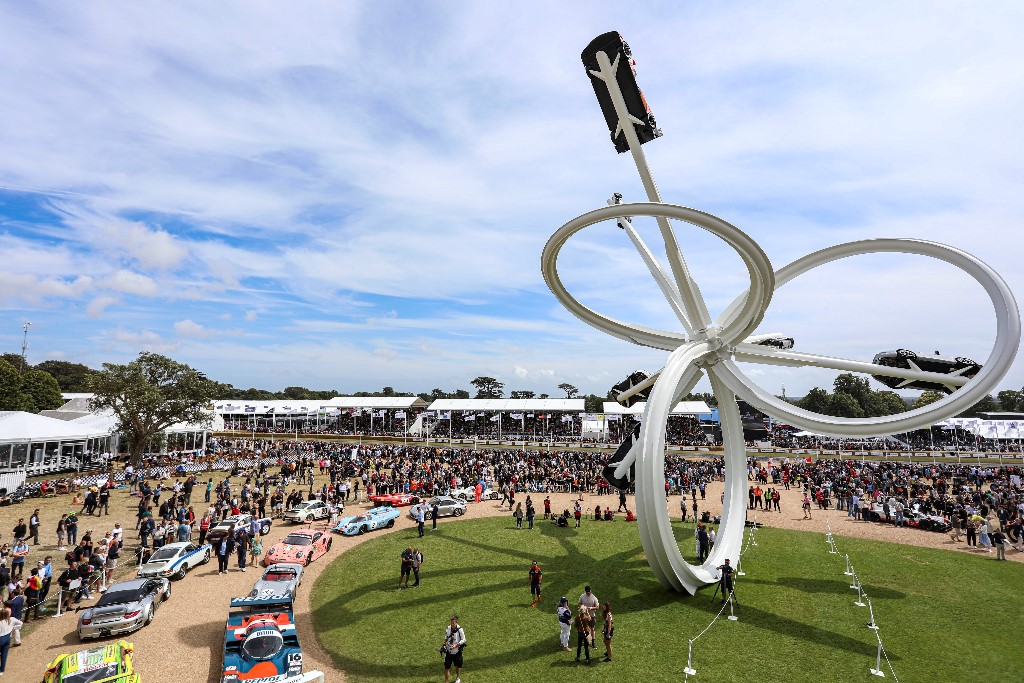
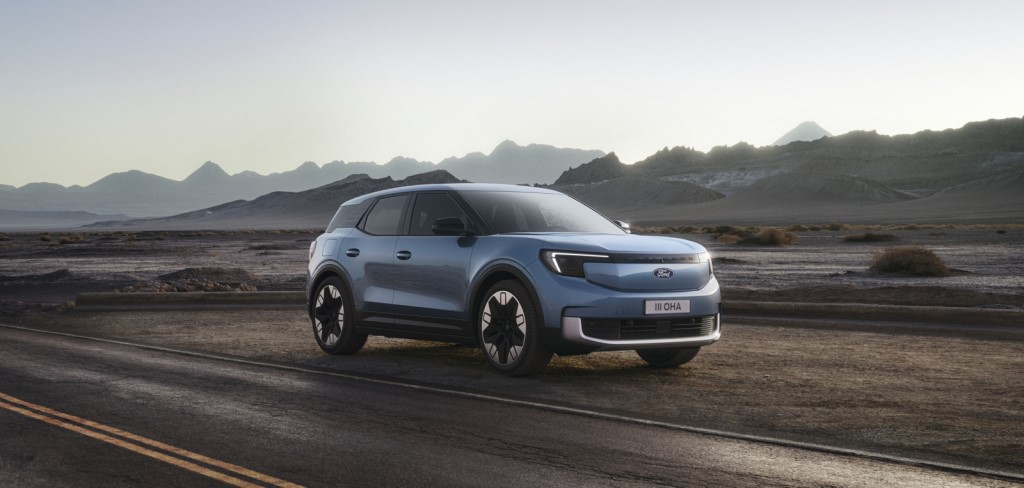
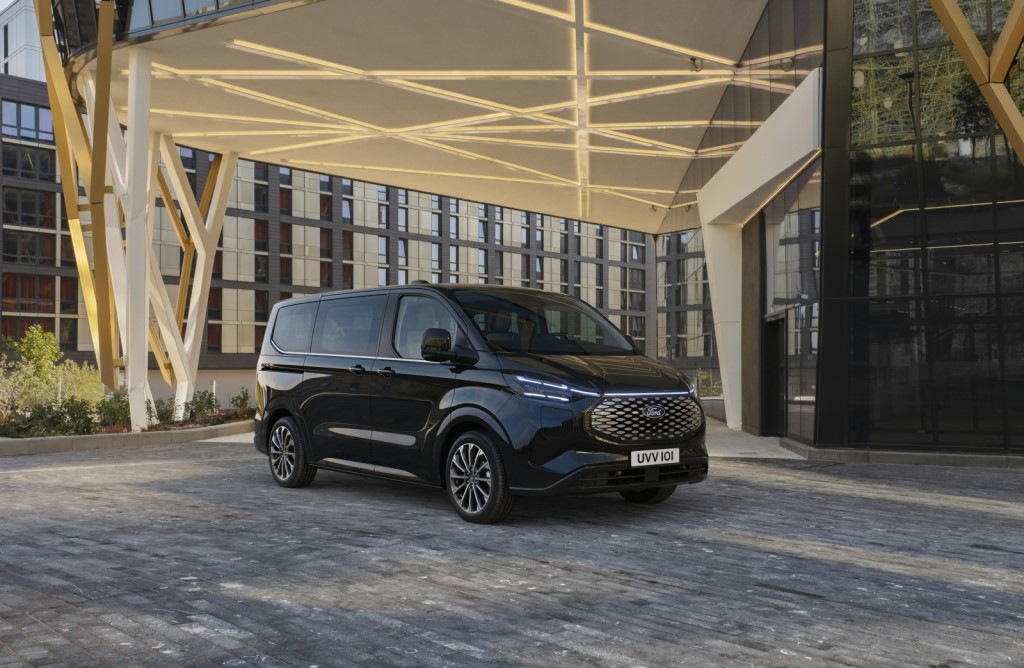
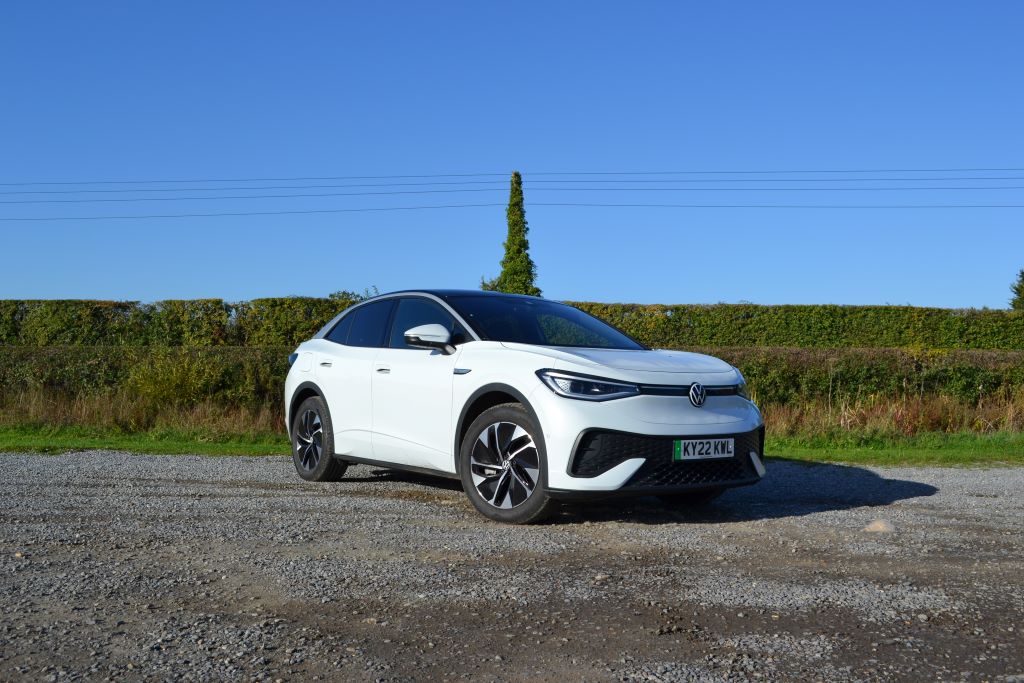

Comments (0)
Be the first to write a comment
Login/ Signup